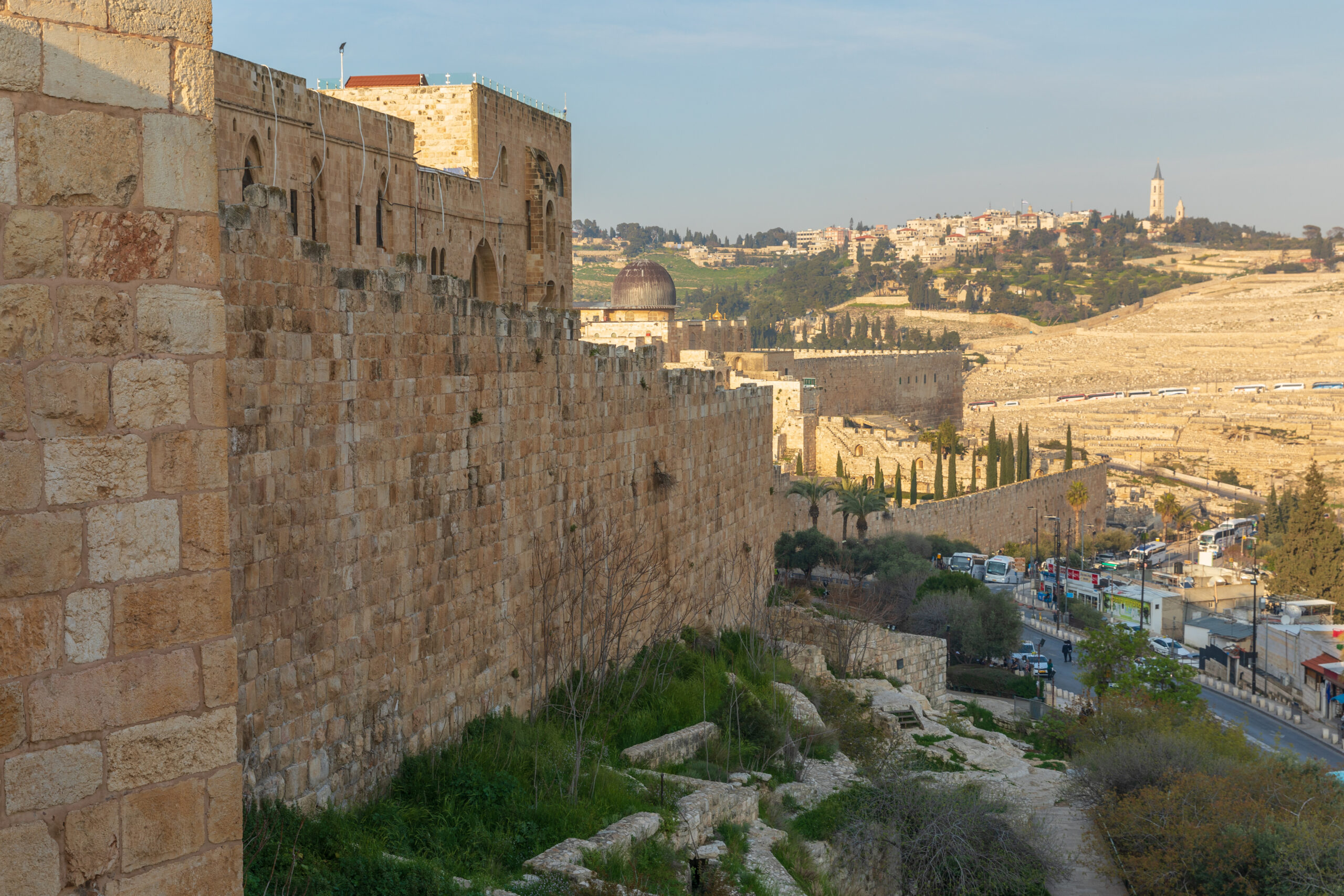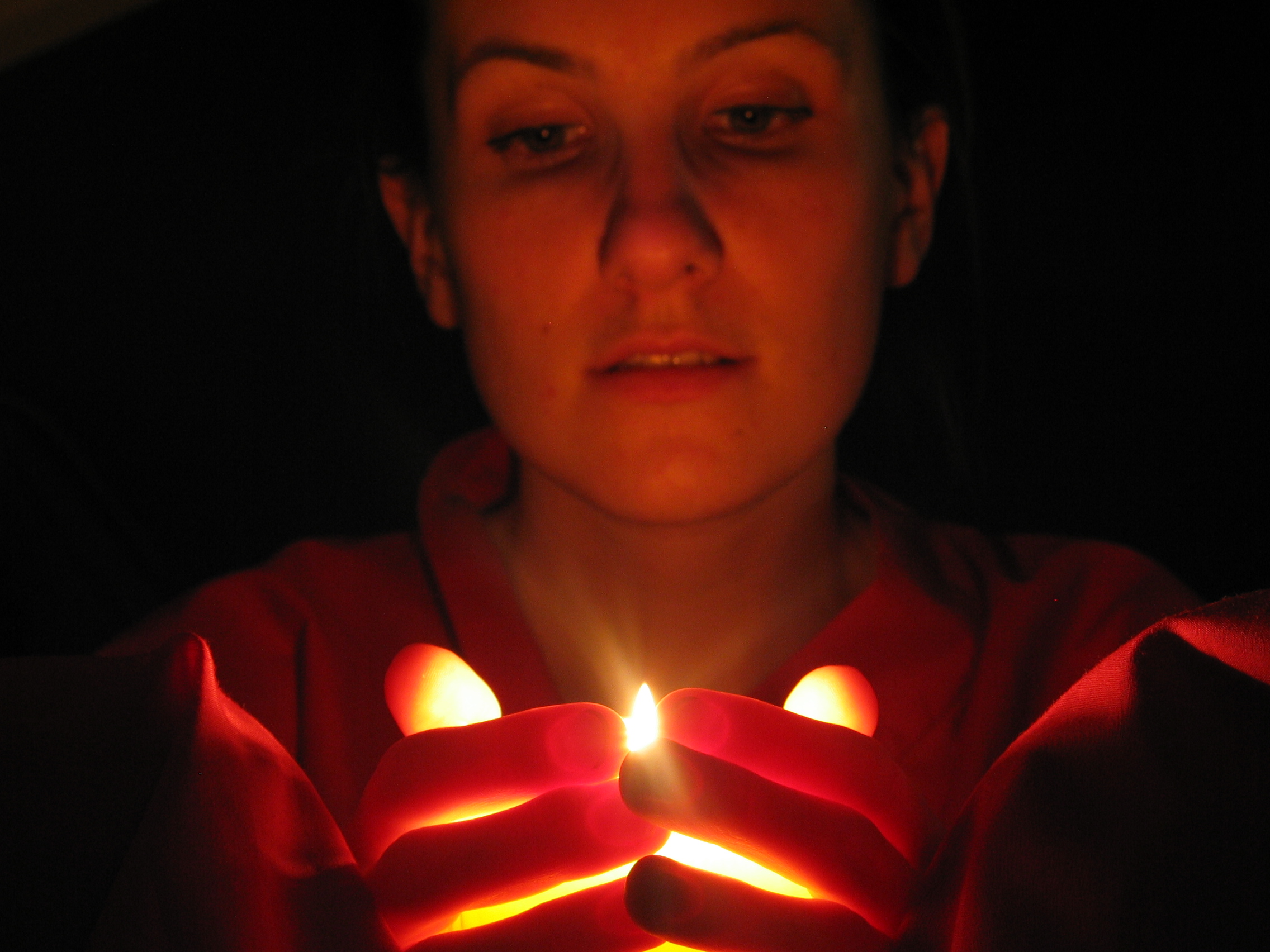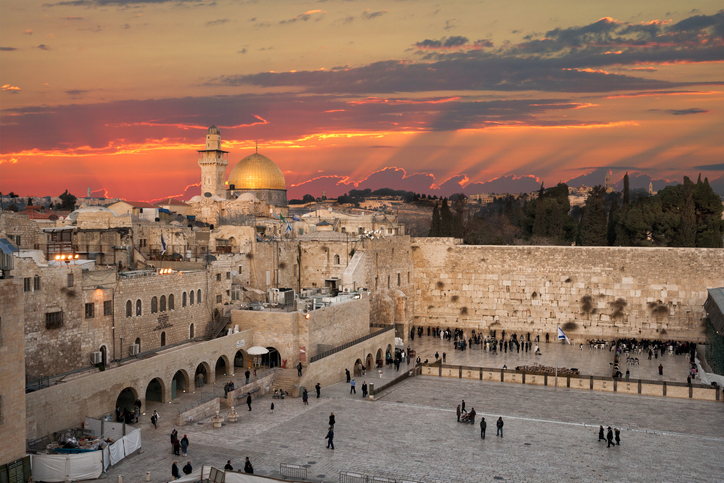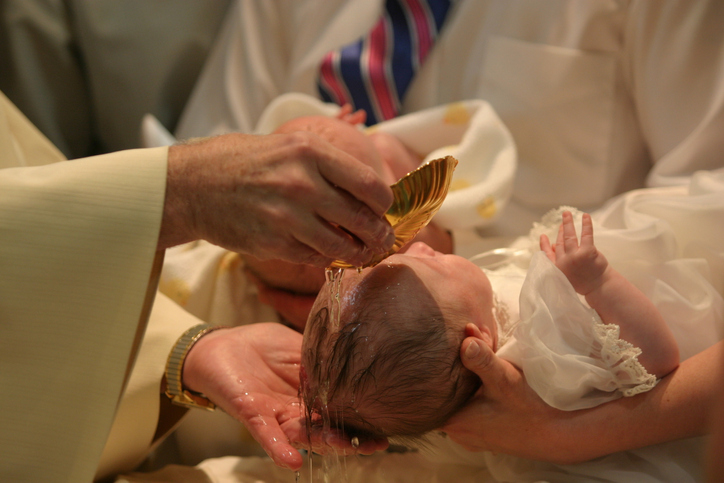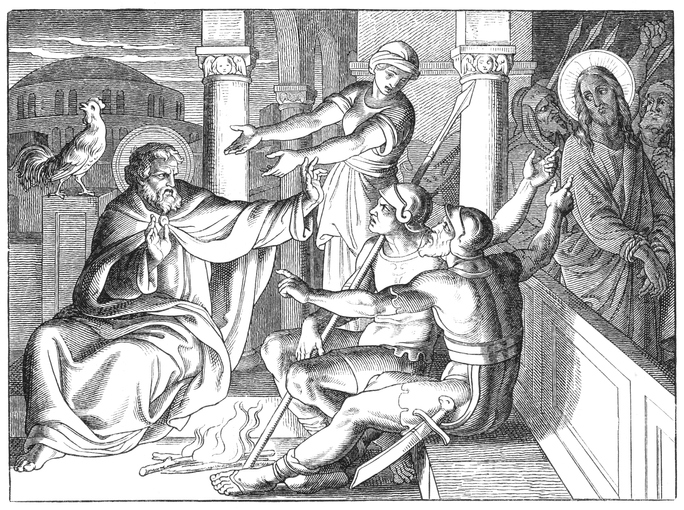The union between Christ and the Church is, in the words of the Apostle Paul, “a great mystery” (Eph. 5:32). For that reason, he and the other New Testament writers used a number of descriptive images to give a multifaceted picture of the Church: it is at once the household or family of God, the kingdom of David, the kingdom of heaven, as well as the Body of Christ and a sacred temple. In our first reading taken from Ephesians 2, we see several such concepts used simultaneously: the Apostle Paul described “the household of God” not only as a kingdom with citizens, but also as a sacred structure “built upon the foundation of the apostles and prophets, Christ Jesus himself being the cornerstone, in whom the whole structure is joined together and grows into a holy temple in the Lord.”
In the Gospel reading we see Jesus in the act of prayerfully building his Church, his temple, by picking out those who would form its foundation, the Apostles (Lu. 6:12-16). These men are the only people in the New Testament to whom Jesus gives the authority to “bind and loose” as is evident in Matthew 18:18: “Truly, I say to you, whatever you bind on earth shall be bound in heaven, and whatever you loose on earth shall be loosed in heaven.” Binding and loosing referred to the unique authority that had previously been held by the scribes and Pharisees.
Even though Jesus gave intense critiques of the personal character of the scribes and Pharisees, we can see in Matthew 23:2-3 that he still respected their teaching office and expected his followers to do the same: “The scribes and Pharisees sit on Moses’ seat; so practice and observe whatever they tell you, but not what they do; for they preach, but do not practice.” This expression, “to sit on the seat of Moses,” meant that the scribes and Pharisees inherited Moses’ authority to bind and loose; in other words, as his successors, they had the power to interpret the Law.
Therefore, when Jesus gave his apostles the authority to bind and loose, he was transferring the authority of the scribes and Pharisees to the twelve and establishing new offices invested with teaching authority. The same Holy Spirit who would inspire the infallible authorship of the New Testament, became the divine guarantee that what was “bound on earth” would truly be “bound in heaven.”
We can easily observe this understanding of apostolic succession at work in the early Church by examining the writings of Christians such as Irenaeus, who had been taught by Polycarp, who in turn had been taught by the Apostle John; also, Ignatius, the bishop of Antioch, who had heard from John himself. For their writings and more, check out The Faith of the Early Fathers (Vol. 1) by William Jurgens.
Ultimately, apostolic succession explains why Jesus would represent the Apostles as the stones upon which he would build his temple. Through the authority of their office, the Church was given divine protection from error and the unwavering certainty that despite the turbulence of life’s storms, God’s will would prevail.
 Nikol M. Jones is in her final year at Franciscan University’s Master’s in Theology and Christian Ministry program where it has been her joy to learn how to integrate the tools of modern biblical scholarship with the principles of biblical interpretation set forth by the Catholic Church in the service of the Word of God. She also has a passion for creating artwork and children’s books that honor the life and teachings of Christ. When she’s not studying or painting, she utilizes her writing and organizational skills as an administrative assistant. You can connect with her on LinkedIn at https://www.linkedin.com/in/nikol-m-jones-4b9893140/.
Nikol M. Jones is in her final year at Franciscan University’s Master’s in Theology and Christian Ministry program where it has been her joy to learn how to integrate the tools of modern biblical scholarship with the principles of biblical interpretation set forth by the Catholic Church in the service of the Word of God. She also has a passion for creating artwork and children’s books that honor the life and teachings of Christ. When she’s not studying or painting, she utilizes her writing and organizational skills as an administrative assistant. You can connect with her on LinkedIn at https://www.linkedin.com/in/nikol-m-jones-4b9893140/.
